Rooted in the Land, One Kansas Rancher Manages the Ecosystem as a Whole
Sunlight, soil, water, ruminants – it is all a big cycle at the Homestead Ranch.
Ken Klemm, looking every bit the Western rancher in his cowboy hat, indigo kerchief and tan jacket, welcomes me to his home office with a cold drink.
“A glass of the Ogallala,” he says, handing me a pint of clear water. “That’s what we’re here to talk about, right?”
Indeed, it is.
In October I traveled across the high plains, from Kansas to the Texas Panhandle, to speak with farmers, water managers, and people on the street about the legendary Ogallala Aquifer, the reason most towns in this region exist in their present form. The aquifer holds trillions of gallons of water, which, when applied to fields, has created a bountiful agricultural economy where vast grasslands used to sway in the wind. To most, this is a triumph; for those who lament the loss of bird habitat and the drying of streams, it is a tragedy.
The industrial agricultural economy, however, will last only as long as the water does, and the aquifer is shrinking. Too many straws suck water out and too little rain soaks back into the ground. Some areas may have decades before the economical water runs out; other areas, longer. Some farms on the aquifer’s fringe have already run dry. I tried to find out what those who manage the land and water are doing about it.
Klemm, also a first-term Sherman County commissioner, is the first rancher I interviewed and one of the few ranchers in northwest Kansas. If not for the assured supply of water from the Ogallala, more ranchers might be here.
“The reason for ranching is that we’re in marginal farm country,” he tells me as we examine his herd’s grazing schedule, a big matrix that shows the rotations on his 4,000 acres. “The reason we’re in marginal farm country is there’s little rain. So ranching is always flirting with drought.”
That relationship turned serious in 2011, when an intense dry cycle settled over the plains.
By then, Kleem had built up his herd to nearly 1,000 head of buffalo and cattle, using three cattle breeds adapted to drylands that Columbus brought to the Americas from Spain. The herd endured the first drought year but faltered in the second. In the fall of 2012, he sold off three-quarters of his stock during a year that was the hottest in Kansas in the 118-year historical record and the seventh driest.
Lack of water can certainly take away. But Kleem manages his land so that it holds as much water as possible. To show me how he does it, we brace ourselves in his camouflaged, off-road golf cart for a tour of the ranch.
“Look! A Spider!”
Klemm has only one well that pulls water from the Ogallala, which he uses to irrigate alfalfa for winter feed. That water comes from deep underground, but Klemm is most concerned about the water-storing capacity of the first few feet of topsoil. If the soil acts like a sponge, the land can absorb more water from those ephemeral rains. And the land becomes spongy by treating it like a king – serving it instead of making it serve you.
Klemm’s ranching ethic comes from Allan Savory, a farmer born in Rhodesia (now Zimbabwe) and the father of “holistic management,” a set of land management principles that uses agriculture to improve soil health, rebalance the carbon cycle, and retain water. Cattle, much maligned as environmental despoilers, play a starring role – if they are not segregated from the land, as they would be in a feedlot, Klemm says.
As he drives the cart through the pastures Klemm stops occasionally to poke the ground and turn over cow patties.
“Look! A spider!” Klemm exclaims, kicking over a dry disc the size of a salad plate. “That’s a predator, a good indicator. I’m always looking for the biological communities.”
In the alfalfa field he shows me a bit of burrowed earth, the product of a vole, another predator. The freshly turned soil is the color of chocolate milk and it feels springy and slightly damp, like finely crumbled feta cheese.
The deep attention to the land is necessary. Savory’s methods are not a recipe for success but a beacon, Klemm had told me earlier in his office.
“You have to learn the principles,” Klemm said. “But every land is different. You go home and apply them.”
That means trial and error and paying attention. Having bought Homestead Ranch in 1999, Klemm has enough experience to produce some fantastic results. Fifteen years ago, the land was almost entirely given over to buffalo grass, he said. Today, more than 40 grass species grow in the pastures.
Why, I ask, are these ideas not more common? Klemm pauses a second before replying.
“Most people would rather fail conventionally than succeed unconventionally,” he says. It’s an argument I also heard from irrigators in Kansas about why cutting water use is a difficult proposition.
To survive on the plains, unconventional thinking will be necessary. Despite all the cultural, legal and political obstacles, I saw evidence on the trip that new ideas are taking root. Whether they hold will depend on how well they are cultivated.
Read the full report from my High Plains journey, which is part of Circle of Blue’s Choke Point: Index package, a series of reports investigating the state of fresh water in major American farm regions. Contact Brett Walton or via Twitter @waltonwater
Brett writes about agriculture, energy, infrastructure, and the politics and economics of water in the United States. He also writes the Federal Water Tap, Circle of Blue’s weekly digest of U.S. government water news. He is the winner of two Society of Environmental Journalists reporting awards, one of the top honors in American environmental journalism: first place for explanatory reporting for a series on septic system pollution in the United States(2016) and third place for beat reporting in a small market (2014). He received the Sierra Club’s Distinguished Service Award in 2018. Brett lives in Seattle, where he hikes the mountains and bakes pies. Contact Brett Walton

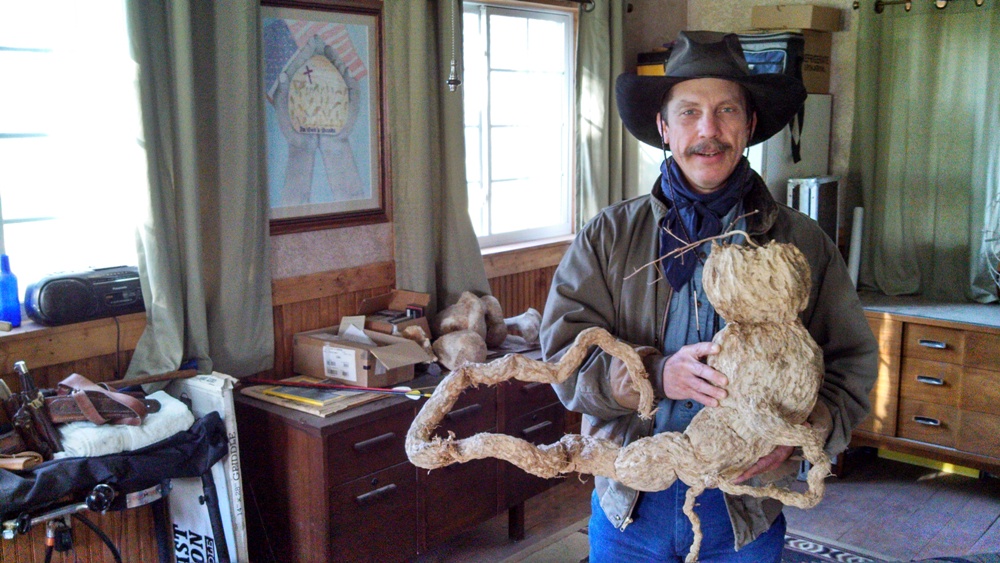
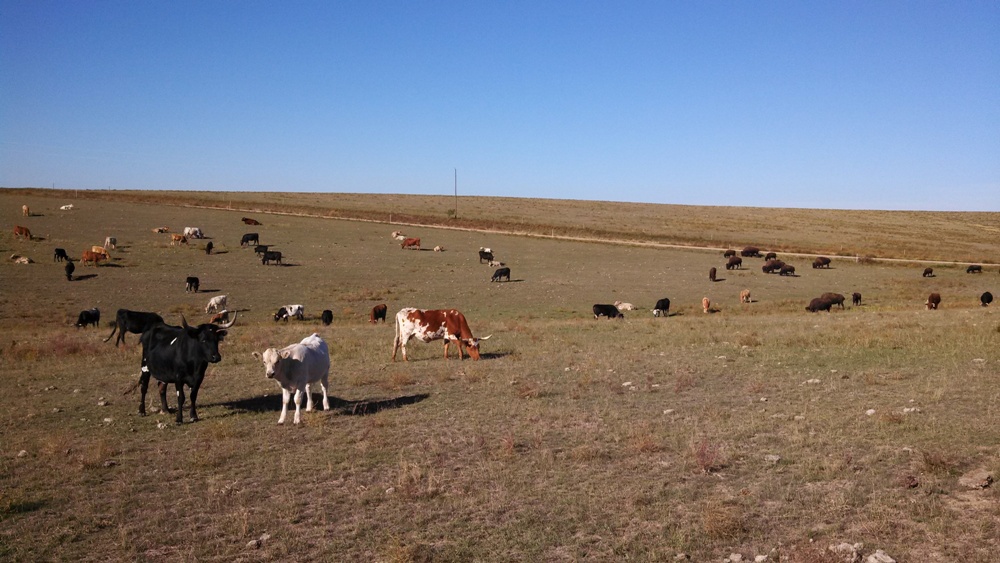

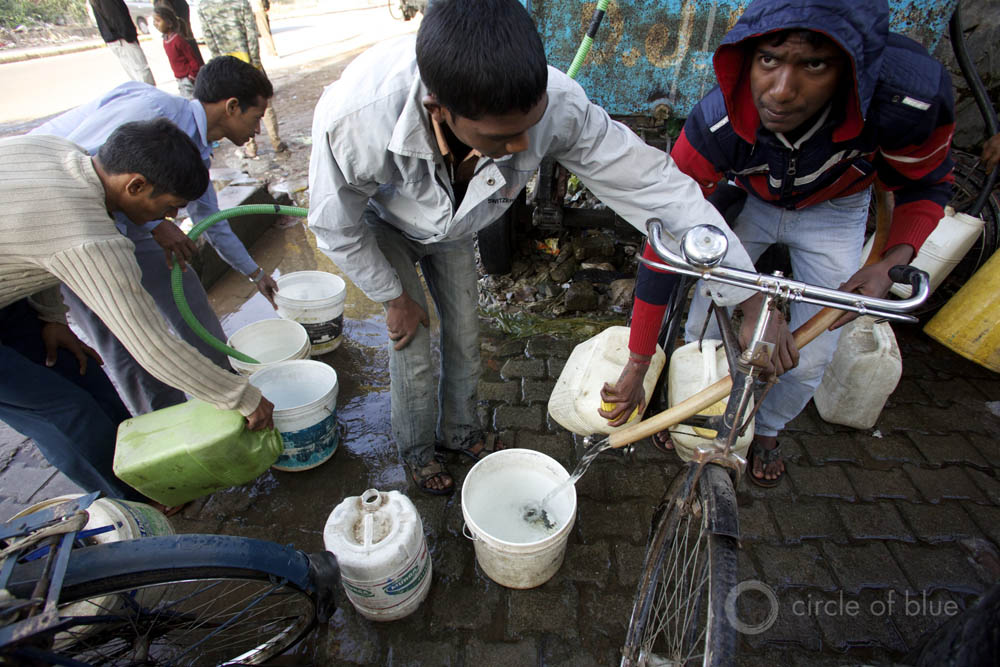
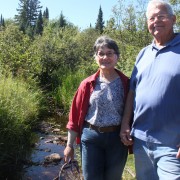
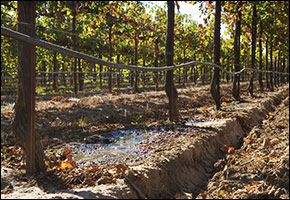




Cattle that grazed according to Savory’s method needed expensive supplemental feed, became stressed and fatigued, and lost enough weight to compromise the profitability of their meat. And even though Savory’s Grazing Trials took place during a period of freakishly high rainfall, with rates exceeding the average by 24 percent overall, the authors contend that Savory’s method “failed to produce the marked improvement in grass cover claimed from its application.” The authors of the overview concluded exactly what mainstream ecologists have been concluding for 40 years: “No grazing system has yet shown the capacity to overcome the long-term effects of overstocking and/or drought on vegetation productivity.”
http://www.thewildlifenews.com/2013/11/12/allan-savory-myth-and-reality/
http://www.slate.com/articles/life/food/2013/04/allan_savory_s_ted_talk_is_wrong_and_the_benefits_of_holistic_grazing_have.html
http://freethoughtblogs.com/pharyngula/2013/03/17/adam-merberg-on-grazing-and-allan-savory-and-ted/